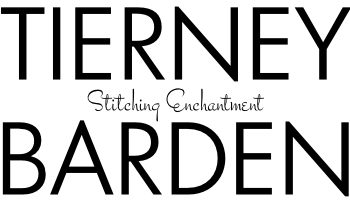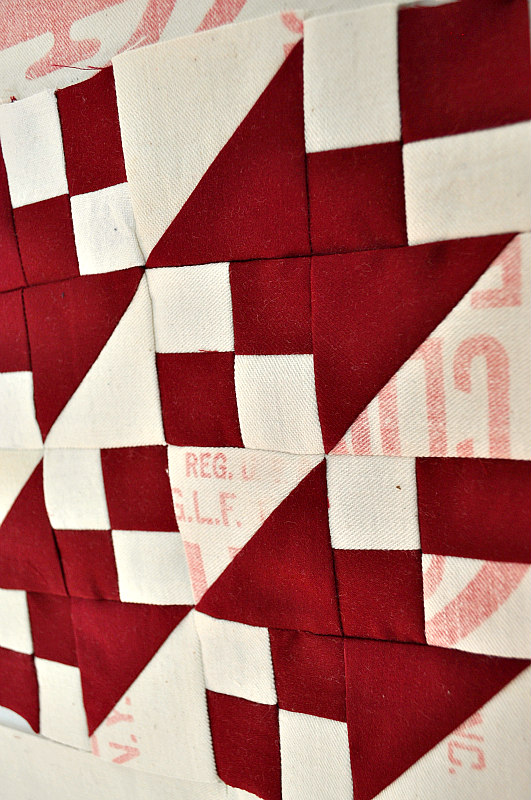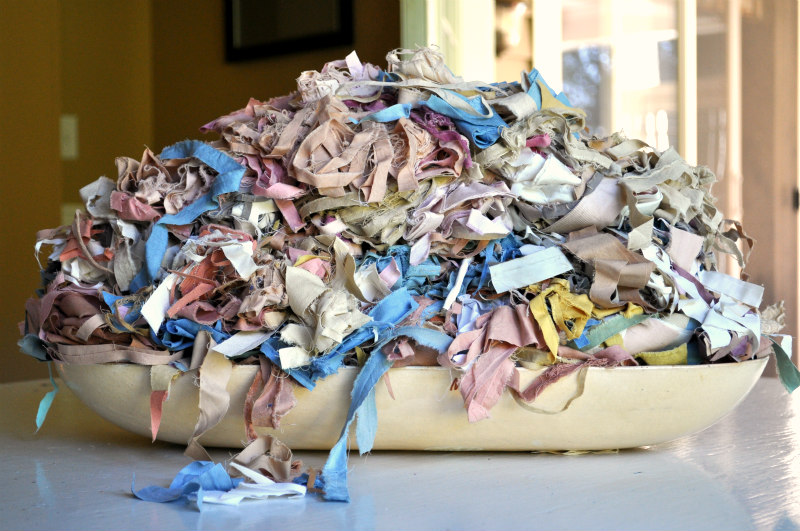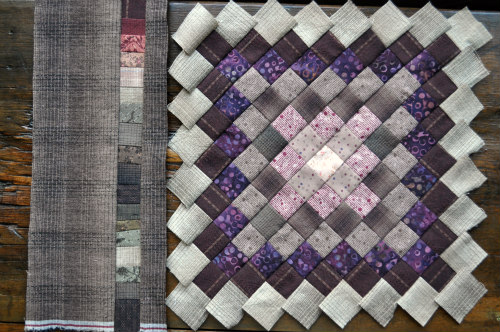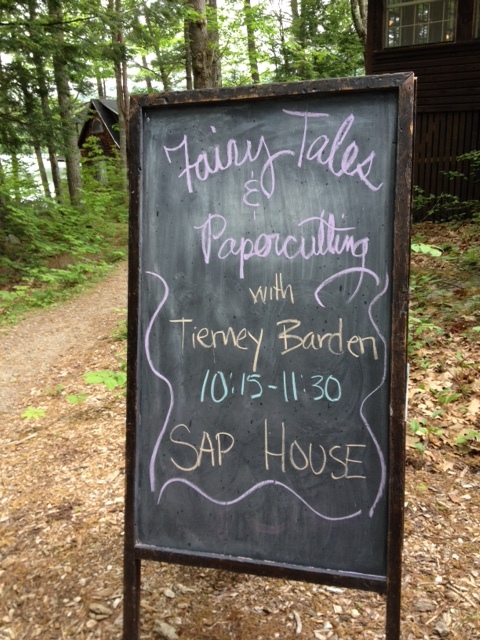Just For You: An Epic Holiday Sale!!
Friday - Saturday, November 25-26, 2016
20% off all PDF's
15% off all Naturally Dyed Pre-Cuts
(Pre-Cuts include: FQ's, F8's, Charms, 2.5" strips)
$6.00 Scrap Bundles! A whopping value!!
20% off all yarns
No codes needed, prices have already been adjusted
But wait! There's more:
Our 1st Annual HOLIDAY GIVE AWAY!
These two meticulously sewn, festive project bags are up for grabs, and just in time for your holiday gift giving or your own crafting indulgence! Each bag comes with one skein of our naturally dyed, organic DK merino yarn, 100% made the USA!! One skein is indigo dyed and the other is dyed with fustic and cochineal. Super sqooshy and even more gorgeous in person, these yarns promise pure knitting enjoyment!
You may recognize the fabulous Tulip bag pattern, which has long been one of my most favorite knitting project bags to sew. What's not to love with so many interior and exterior pockets, and just the right length bag handles for over-the-shoulder or hand-held, plus this bag easily holds a whole sweater and looks great whether its holding one skein or 10! You need one!
For a chance to win one of these amazing giveaways, simply follow Tierney Barden on Instagram, and tag 2 friends you think would enjoy my IG feed. That's it! The lucky winner will be announced here and on IG on Monday, November 28th!
As always, we love to see what you're stitching! Share what you're making with our fabrics and patterns on Instagram using #stitchingenchantment.
Thank you for your support, purchases and kind words on social media! Your creativity is what gets us excited to be in the studio and dye kitchen every day!
